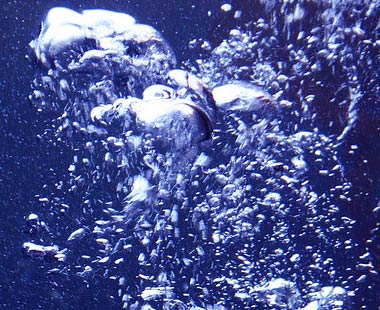With all this talk of the impossibility of averting catastrophic levels of future climate change, it's tempting to daydream of using technology to clean up the bed we just shat. Economists, especially, love this kind of thinking — if we just hoard enough precious gold today, maybe we can transmute it into a livable planet tomorow! Yay for wearing ties!
But these fantasies are probably bullshit, says ClimateWire and Scientific American. Especially the one in which we attach a giant vacuum to the atmosphere, SpaceBalls style, and suck all the carbon out. That one’s gone from suck to blow.
The president's science adviser, John Holdren, and Energy Secretary Steven Chu have expressed support in the past for capturing and storing pollution from the air as a measure to mitigate global temperature increases. However, in a paper published earlier this month in the Proceedings of the National Academy of Sciences, researchers found that trying to scrub the air is much more expensive than keeping it from getting dirty in the first place.
The authors of the study didn't mince words: Air capture, which involves using energy-hungry machines equipped with filters, chemicals, or special materials to capture CO2, is a fantasy.
For the scientists conducting the study, air capture was shown to be largely wishful thinking that distracts from more effective strategies for combating pollution and climate change. "We thought it was important to set the record straight because [air capture] has policy implications," said Howard Herzog, a senior research engineer at the Massachusetts Institute of Technology's Energy Initiative and one of the report's authors. He said that air capture is appealing because it allows people to get away with not changing anything about their energy use.
Using technologies like these to bring down earth's atmospheric carbon levels only makes sense in a world in which 100 percent of our energy-generating infrastructure has already gone renewable. Otherwise, we’d be way better off using the energy we were going to use for air capture for our energy needs instead.



